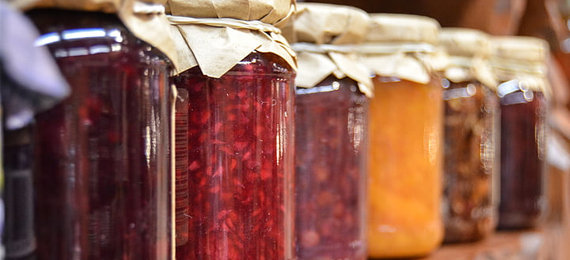
Mason Canning Jars
Mason jars haven’t been used only for storing but also for preserving. Yes, you heard it right! Before refrigerators, people preserved foods in various ways, like salting, smoking, pickling, waxing, and fermenting. However, these methods weren’t too effective until the invention of iconic mason jars. Learn more about History of Mason Canning Jars below.
Also, Napoleon Bonaparte played a major role in the invention of mason jars. Napoleon searched for the right way to preserve food for the troops fighting in the Napoleonic wars. So the French government offered an award of 12,000 francs to anyone for the invention of the preservation method. This paved the way for the invention of mason jars, but after many years. Read on to know more about the history of mason canning jars.
History of Mason Canning Jars
John Landis Mason, a 24-year-old tinsmith, developed an airtight seal molded jar to preserve food. He named the jar after his name, Manson. Jars came with a threaded neck, threaded metal to ensure an airtight seal, and clear glass to see the contents inside. Mason jar became a huge success, and the company started to produce the jars in various designs, shapes, cap designs, and sizes. Mason patented the jars in 1858. When Landis Mason’s patent expired in 1879, many companies started producing mason jars. Mason achieved fame from his invention but not wealth. He died in 1972.
When Was the First Mason Jar Patented?
- A. 1856
- B. 1857
- C. 1858
- D. 1859
History of Ball Mason Jars
After the expiry of Mason’s original patent, five brothers- Edmund, Frank, George, Lucius, and William founded the Ball in 1880 with a $200 loan from their uncle George. Initially, they made wood jacketed tin cans to store chemicals, paints, and kerosene. A few years later, the company expanded and started making tin and glass jars. Later, they changed their name to Ball Brothers Manufacturing Company and became one of the largest producers of mason jars in America.
The invention of refrigeration and other food preservation methods decreased the popularity of the mason jars over time. However, mason jars are being widely used even today.